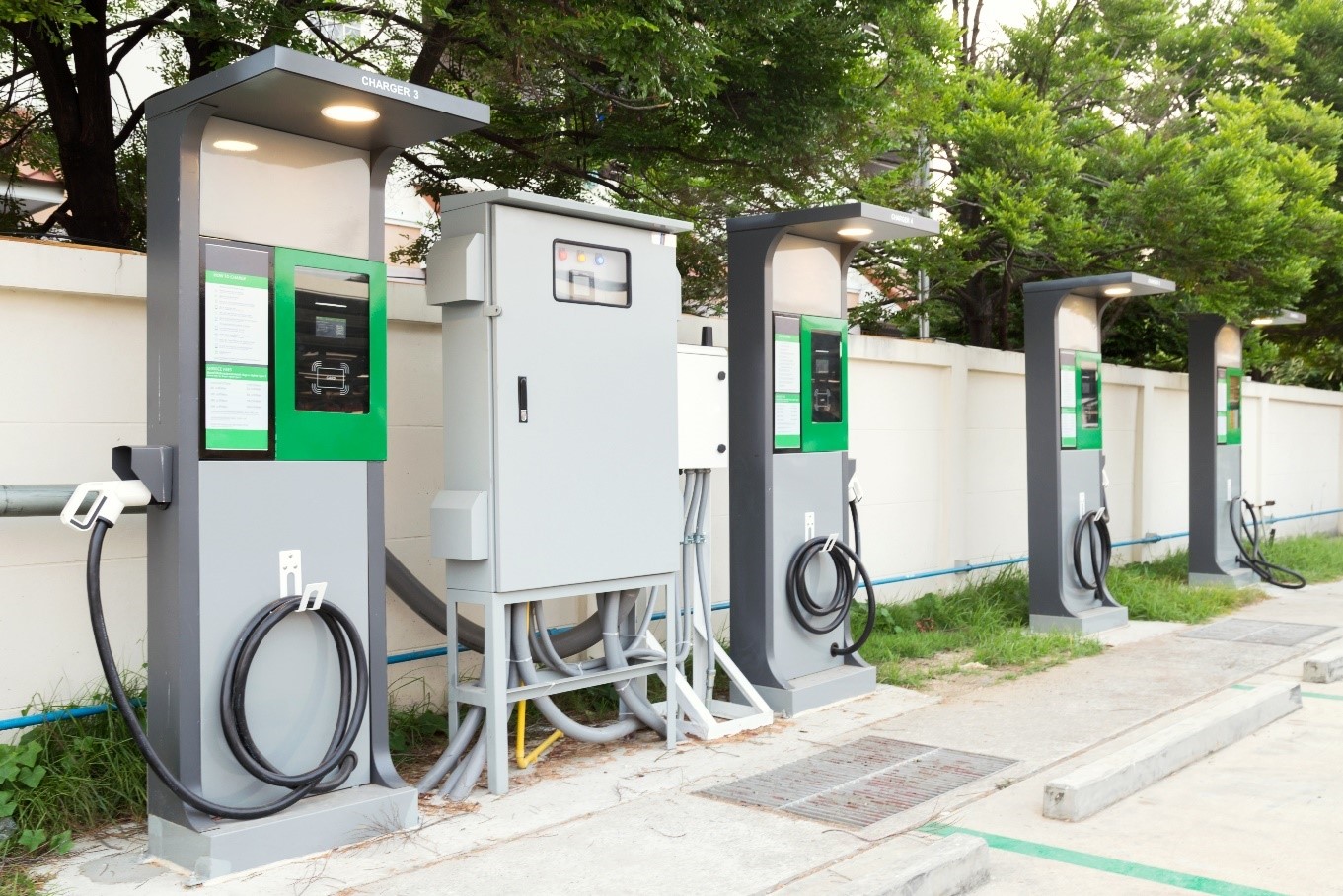
Highlights
- Scheduling EV charging
- Automatic Protection from overloads
- More efficiency with less infrastructure
- Easy integration
- Realtime and historical energy insights
- Self-consumption
Introduction
The usual electric infrastructure can’t withstand the excess energy demand of electric vehicles. EV’s charging during the peak hours or additional EV’s charging simultaneously might result in blowing of fuses or might even damage the circuit. Minion EMS helps you to charge your vehicle within the building’s sanction load and the infrastructure is maintained well within the maximum limits.
With Minion EMS along with a control module installed in the Bus bar panel / MCB board, a user can manage the energy flow within its premises to smartly charge their electric vehicle.Also Benefit from overload protection, and helps achieve self-consumption while scheduling automated charging.
Installing an electric vehicle charging station would severely impact the overall building’s energy consumption but on a net metering setup, Minion EMS can maximize the use of solar energy throughout the day for charging. In this way, it is self-sufficient and saves energy costs.
Scheduling EV charging
Times are changing with people becoming self-sufficient by switching to electric vehicles but it comes with an overhead especially the charging time. But with EMS in place, you can have your vehicle charged by the time you need it. By leveraging EV scheduling provided by Minion EMS in the app, you can charge multiple vehicles by still having less infrastructure capacity in place. Since the number of EVs are growing day by day it is challenging for commercial buildings to meet the demands of all those consumers while being in the maximum power limits. However, using smart scheduling offers load balancing and scheduling of charge cycles so that it can operate more EV charging points with the same infrastructure.
Use Case
A commercial building having the power capacity of only 5 EV charging points was able to charge the EVs of more than 15 of its customers by dynamic load balancing. Minion EMS can help increase the number of charging stations without overloading the building’s allotted electrical capacity. The EMS can monitor the charging stations and determine how much power to use, schedule charging and reduce the power consumption when required to avoid peak overloads or additionally charge for excess peak capacity limits, thus ensuring that every vehicle is optimally charged. Minion EMS supports Modbus and OCPP that ensures easy integration of solar grid and EV stations as well.
Problems of Global EV Charging Station Providers:
Across the globe, electric vehicle owners are struggling with 3 major problems.
- Lack of insight on the charging process
- Exceeds / Overloads more than building sanction energy load
- Lack of control on solar energy to optimally use it for EV charging
Hence global EV charging station providers are looking for ways to solve these issues.
How can Minion EMS can able to solve?
If Minion EMS is integrated with EV Charging Stations, it will take the EV Charging stations to the next level. By adding an additional control module to the MCB Board / Bus Bar panel which allows the users to safely balance the energy usage for their EV Charging station along with other heavy-duty devices running simultaneously. Especially, during the peak hours, dynamic load balancing will avoid overloading the grid and ensure the most efficient use of sanctioned load capacity. If the building has solar panels, which allows the user to connect the solar generated power to the EV charging station making the station self-sufficient and sustainable.
